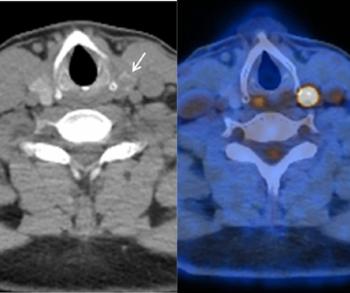
HIS companies should not be underestimated
HIS companies should not be underestimatedIt should be no surprise that healthcare information system vendors are turning their attention to the PACS market. PACS is a high-priced technology that, despite years of being on the cusp of success,
HIS companies should not be underestimated
It should be no surprise that healthcare information system vendors are turning their attention to the PACS market. PACS is a high-priced technology that, despite years of being on the cusp of success, remains at a very preliminary level of market implementation, especially in large-scale applications.
Additionally, the technological hurdles that have historically kept IS companies out of the market have largely been removed. Standards like DICOM and HL-7 have eased some of the complex integration requirements, while the exponential increase in PC processing power has enabled development of low-cost workstations and other PACS technology.
Can HIS vendors succeed? Market conditions would seem to favor them. Hospitals continue to consolidate and deal with cost pressures, and information systems that can provide enterprise-wide access to both medical images and patient information could strike a chord in IS departments.
Meanwhile, PACS vendors need to prepare for this eventuality, if they haven't already. By continually working to maintain the highest level of conformance to standards, PACS companies will find themselves still in a strong competitive position even when PACS becomes integrated into an enterprise-wide information system. Thanks to their long experience with the demanding technology, PACS vendors also hold a keen sense of radiology work flow. This is an important lesson that IS vendors must comprehend, because PACS technology that does not pass muster in the radiology department is doomed to failure.
-Erik L. Ridley, Editor
Newsletter
Stay at the forefront of radiology with the Diagnostic Imaging newsletter, delivering the latest news, clinical insights, and imaging advancements for today’s radiologists.



























